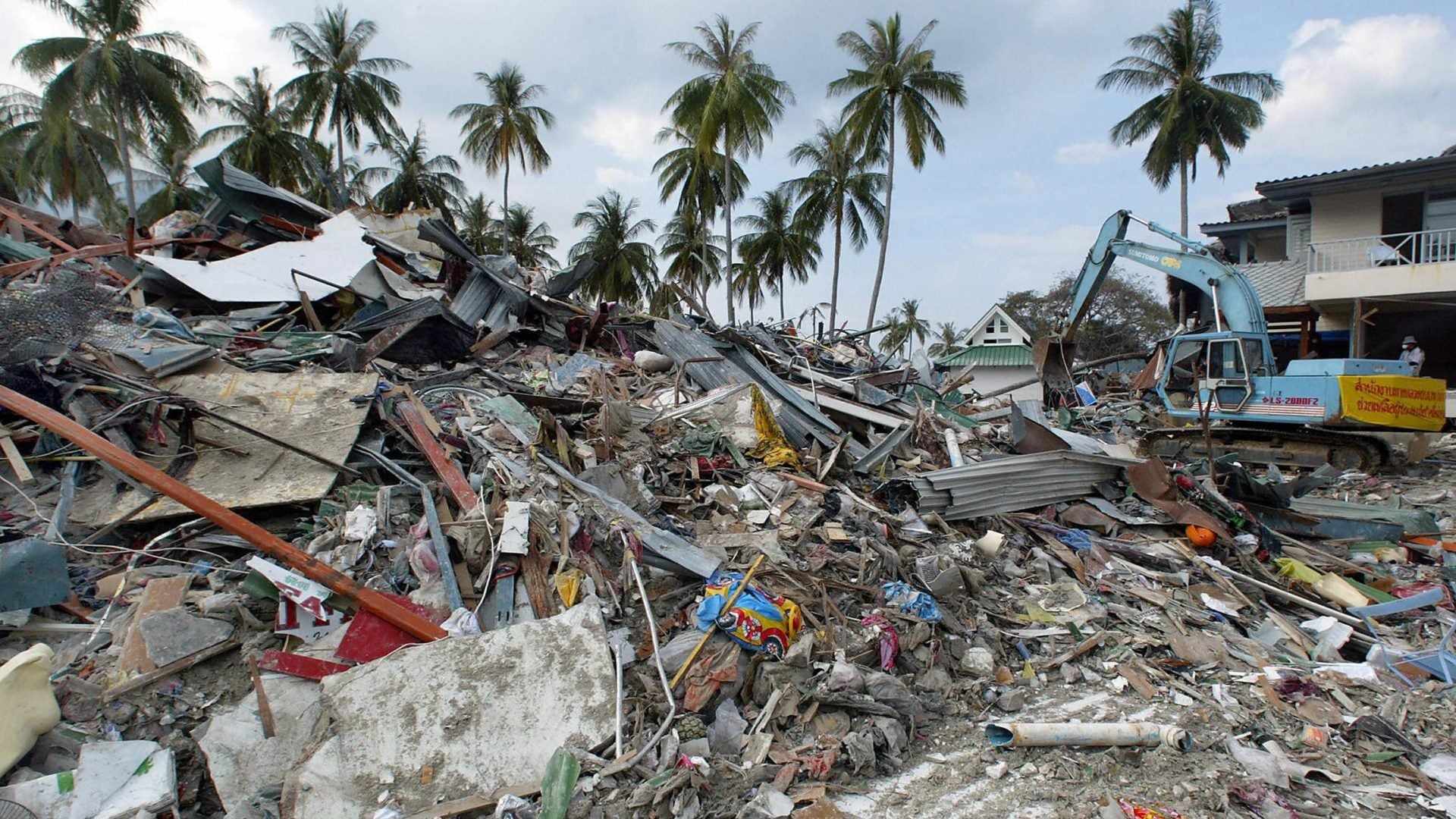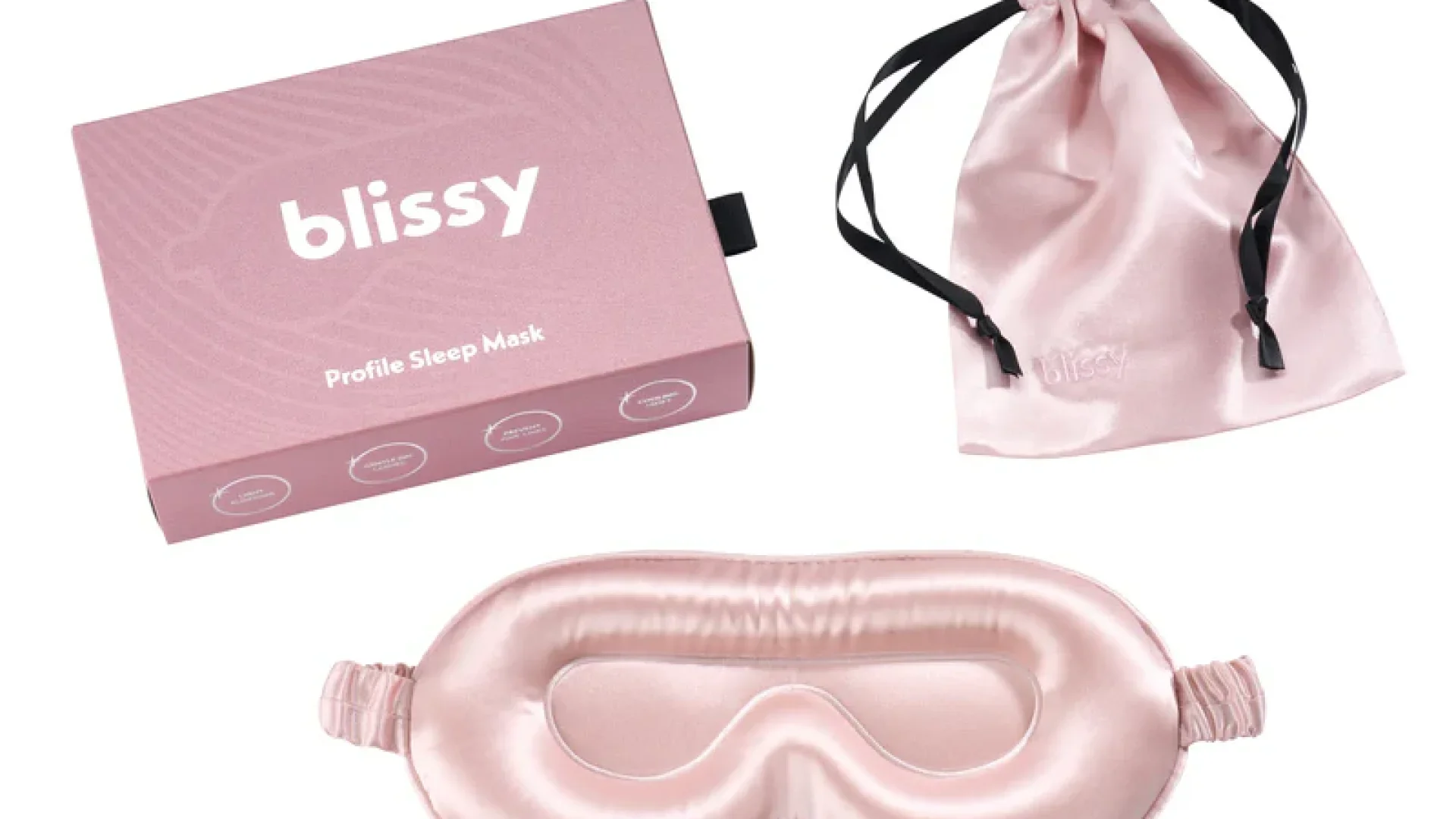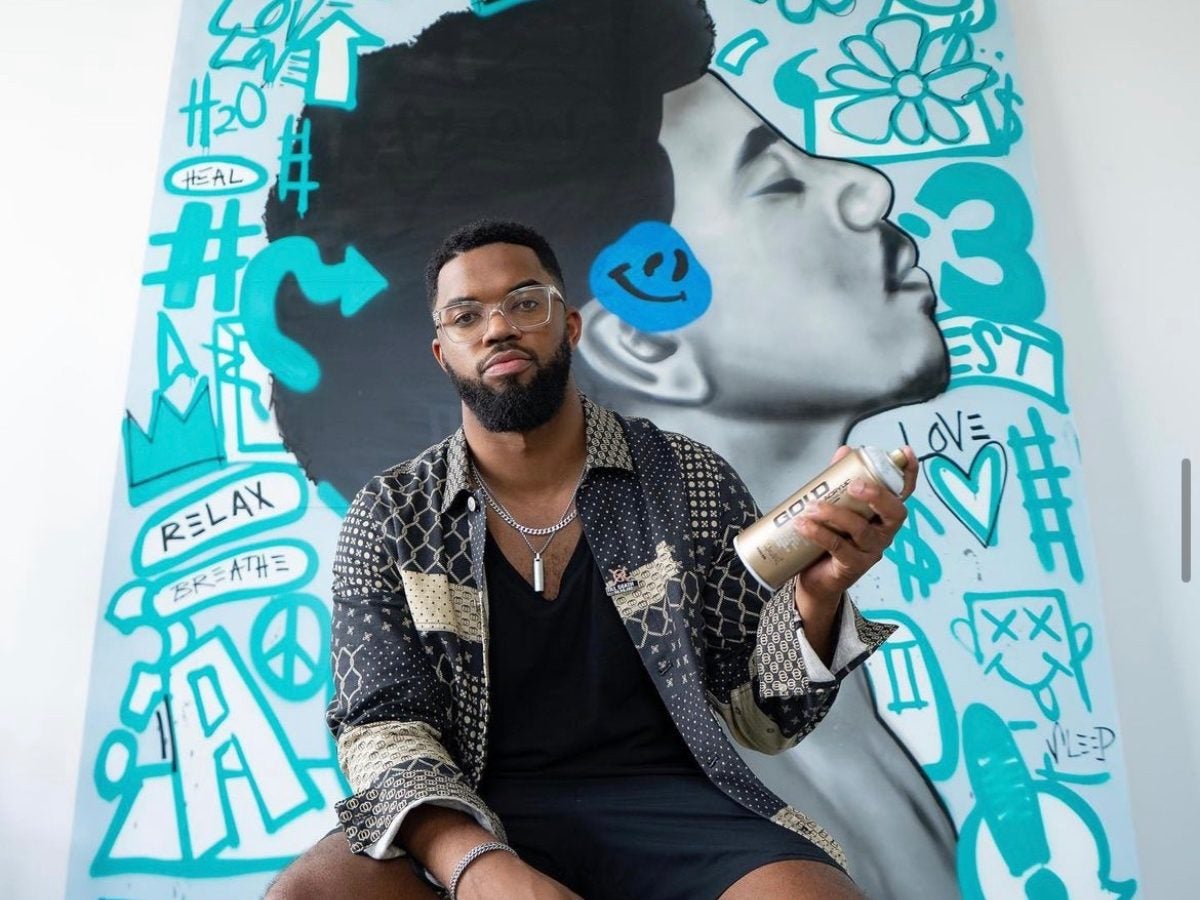
For Dwight White II, the true goal of an artist is to effect change with each brushstroke. As a multi-disciplinary creative, he utilizes insights to inspire, innovate and explore relevant material with culture through creativity. Now, he hopes to highlight people of color within the food and wine industry.
With a background in Marketing and Consumer Insights, White has been inspired by the ways in which one can capture truth visually to engage and connect with his audience. By maintaining an unwavering commitment to his craft, this Houston-raised artist has embraced his function in society by documenting the history of connected cultural experiences through visual art.
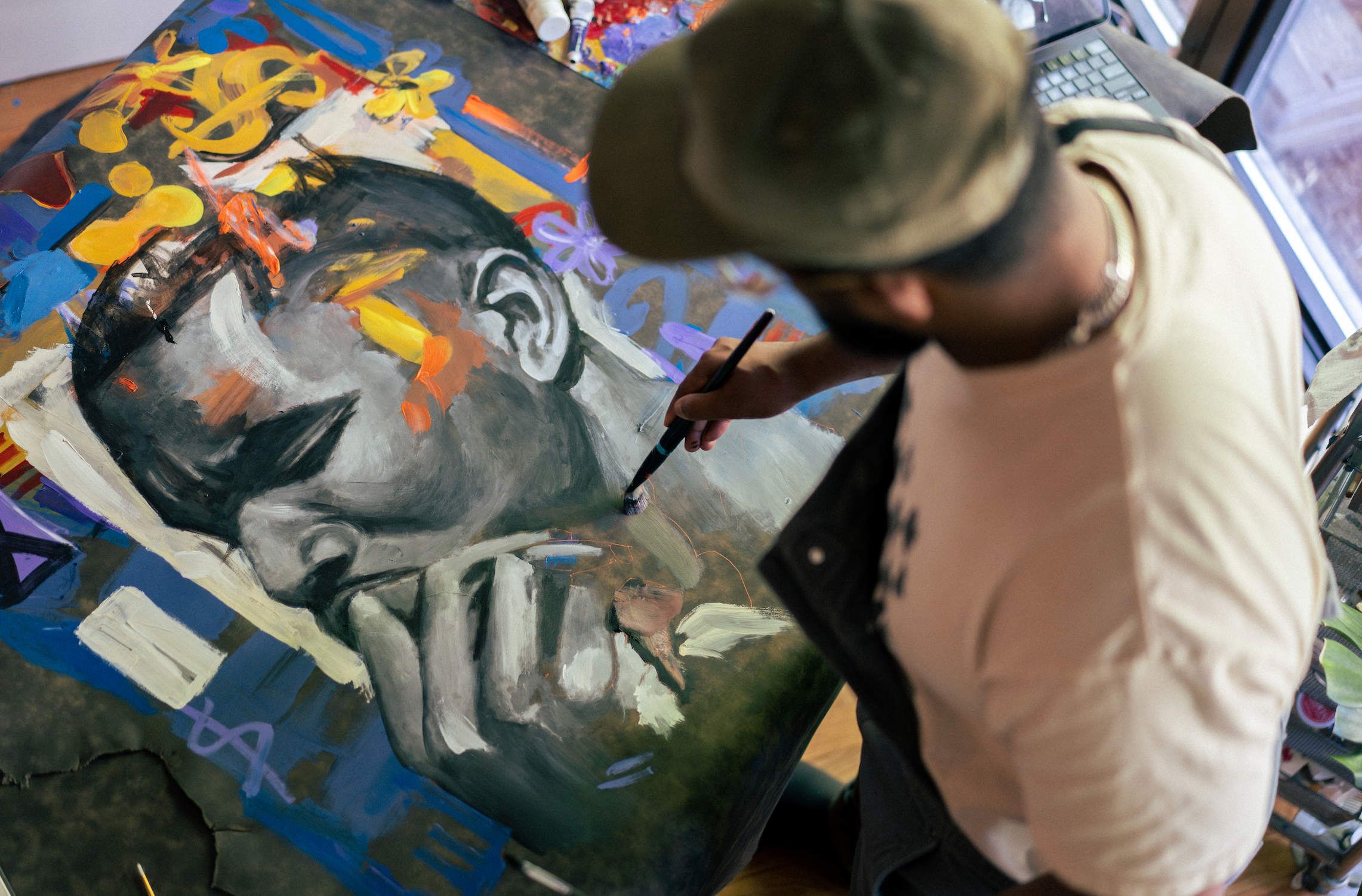
Tank Garage Winery, known for their restored 1930s gas station winery experience, partnered with White to design a limited-edition red wine called It Was All a Dream. Dwight, who has collaborated with Levi’s, Nike and more, created the artwork for the bottle in his Chicago studio and depicted the experience of a very vibrant and vivid dream.
With only 295 bottles in production, this item is not only a flavorful drink selection, but a beautifully crafted work of art. Additionally, footwear company Blundstone teamed up with the wine company to donate $2 of each bottle sold to The Roots Fund, a non-profit dedicated to empowering BIPOC in the wine business.
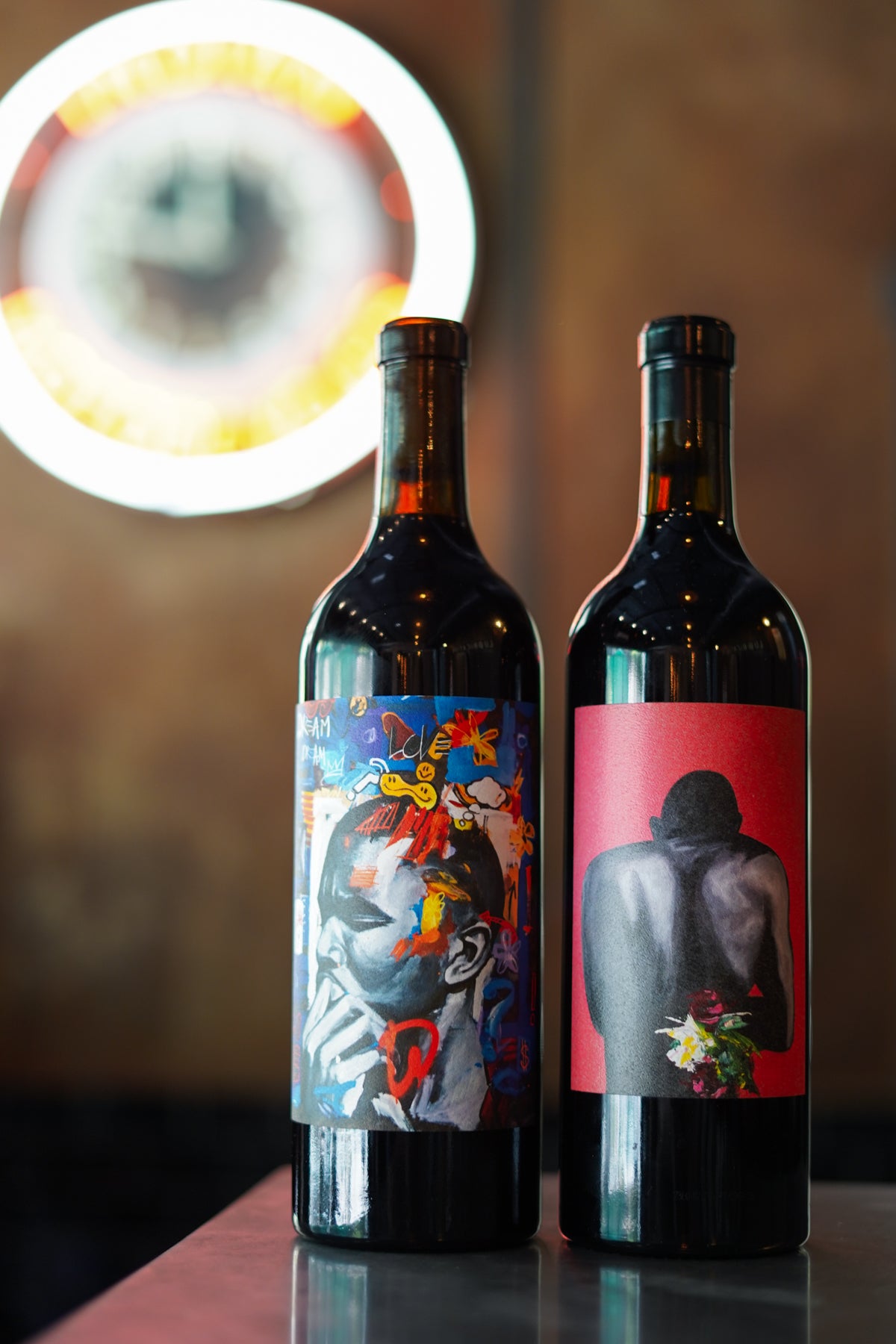
In the wake of his powerful creation, White sat down with ESSENCE to discuss his lucrative partnership with Tank Garage Winery, the inspiration behind It Was All A Dream, promoting diversity in various fields, and more.
ESSENCE: How did you initially connect with Tank Garage Winery?
Dwight White II: I would probably say about 2019 or 2020. They reached out because they were inspired by some of the work. I wasn’t sure if they had attended a show of mine in 2019, but they were exposed to the show and saw some specific work that kind of just touched on the topic of empowering black people, people of color. And then it obviously became more relevant, I would say, for the world, even during 2020, during the pandemic. So we started having initial conversations around how we could basically use a wine label or wine bottle and have that get purchased and contribute to our community.
I actually have two questions about the wine bottle, and I’ll ask you the first one now: what inspired the design of the wine bottle?
So the inspiration primarily came from the Roots Fund. I’m not sure how familiar you are with them, but it’s an organization all around inspiring BIPOC–really supporting people of color in the wine industry—so even seeing more black sommeliers. And so one reading up about them and getting to chat with their founder Ikimi Dubose-Woodson. And then the other inspiration of it was kind of from Tank Garage, which was centered around dreaming. And I think dreaming is a topic that resonates with me also with the Roots Fund. Basically trying to achieve things that we see in our dreams and not limiting ourselves—that’s basically what inspired the design. I thought deeply about how I dream as a creator, as an artist, and how I never let those dreams die, usually find a way to bring them to life, or at least that’s my goal. So that’s kind of what inspired the design overall.
The second part is a larger question about in terms of inspiration and you being an artist. Do you find it more difficult to create when you’re having to do a commissioned piece as opposed to something that is just a general idea that you are inspired from or how do you maintain that balance?
That’s a great question. I would say I’ve been exploring how to find that balance over the past few years as a full time creator. There’s a good balance between creating authentically and genuinely and from your heart. And then there’s that part of a creator that a lot of full-time creators fear, and that’s supporting yourself, right? So for me, I’ve had to define the balance for this partnership specifically because it was very much open to my interpretation. There wasn’t really a ton of input outside of this is the Roots Fund, this is who you’re partnering with, and this is Tank Winery. This is Blundstone. So there was no—from a creative standpoint—influence on the work. But that is something that I’ve dealt with as an artist, and as a creator over time, figuring out who to partner with, what brands and organizations are open to me being my authentic self and then selecting with that in mind.
I wanted to touch on Blundstone and the Roots Fund as well. They’re donating $2 with each bottle sold to the Roots Fund. Why do you feel as though it’s important to highlight and promote black BIPOC people in the wine industry?




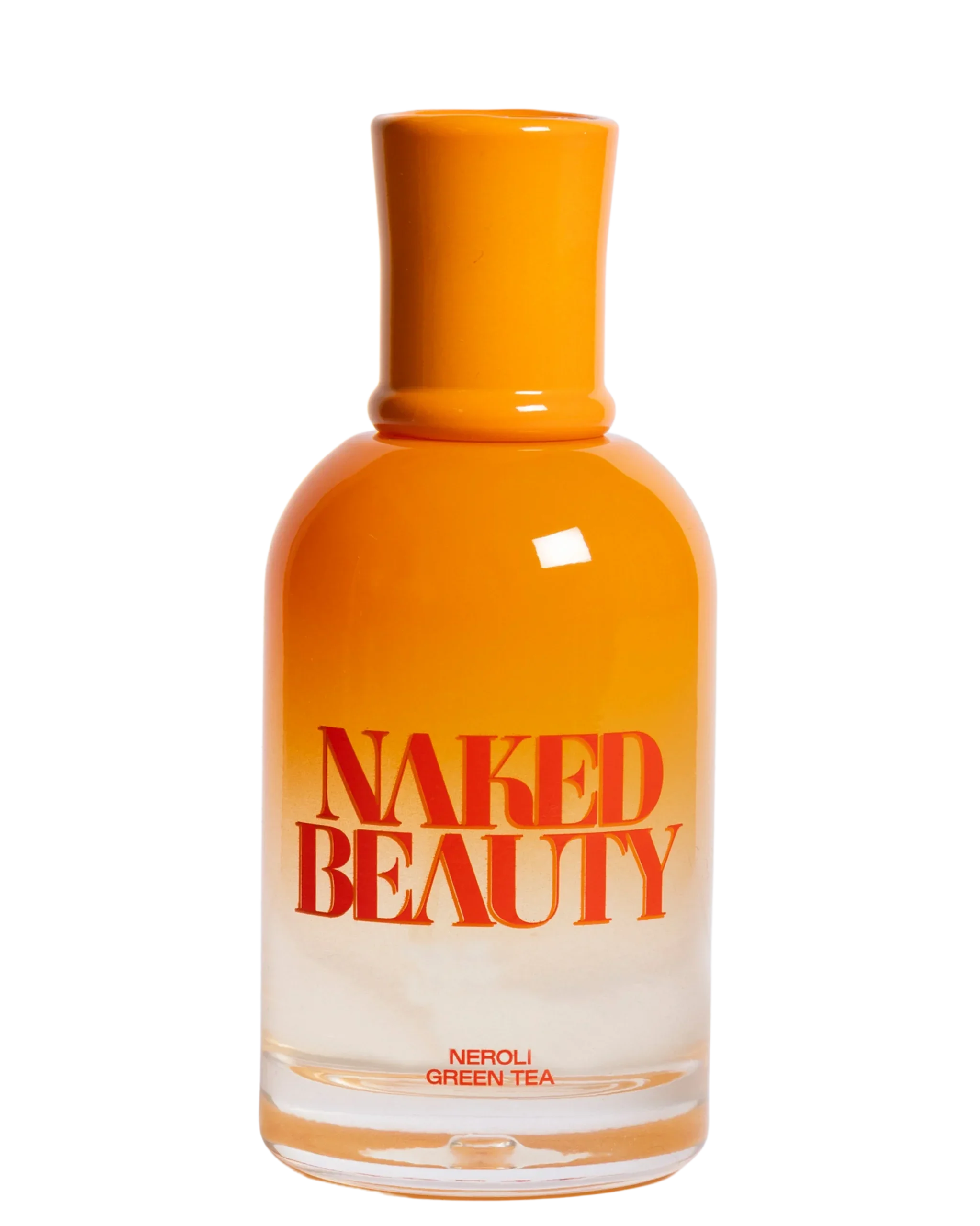
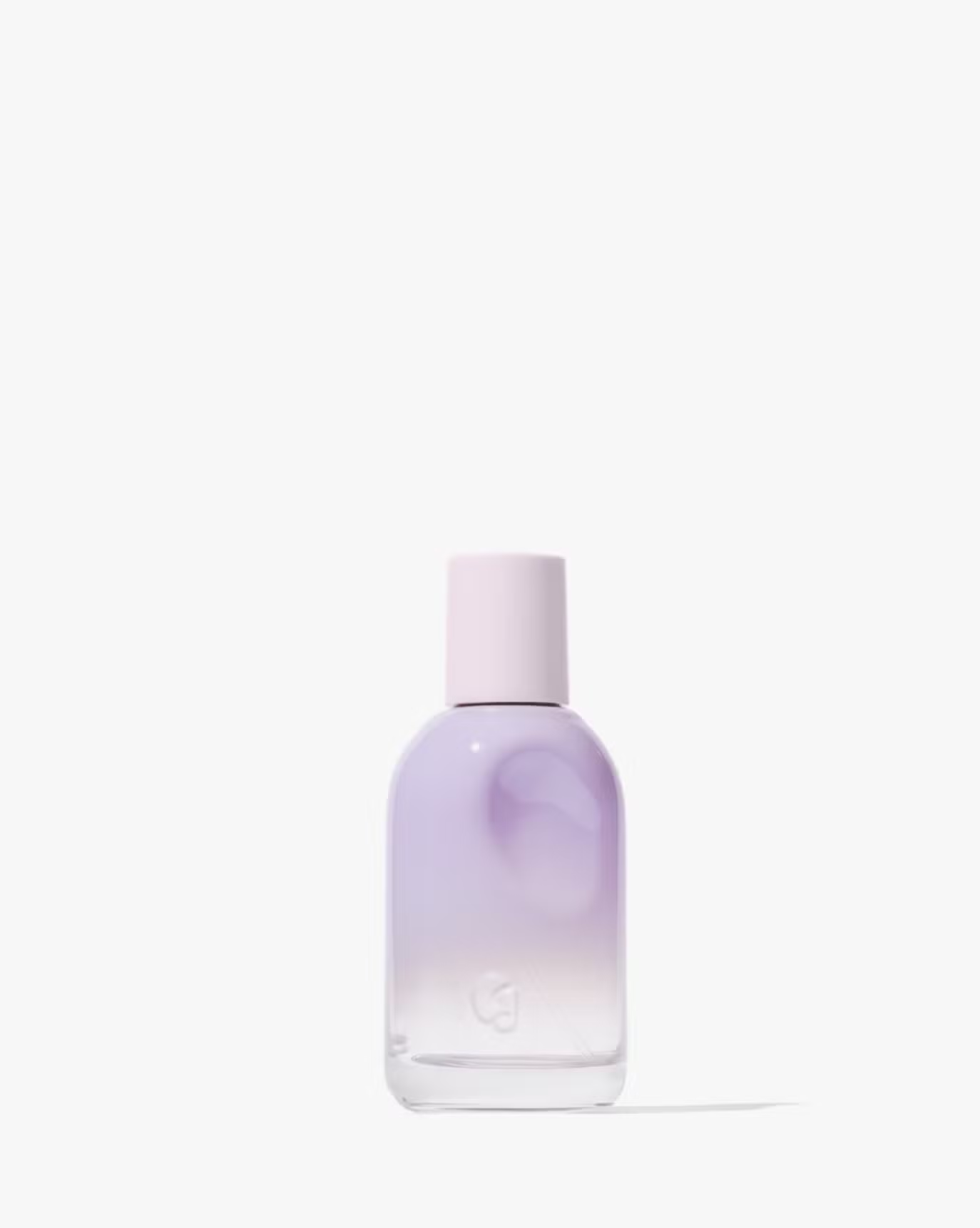
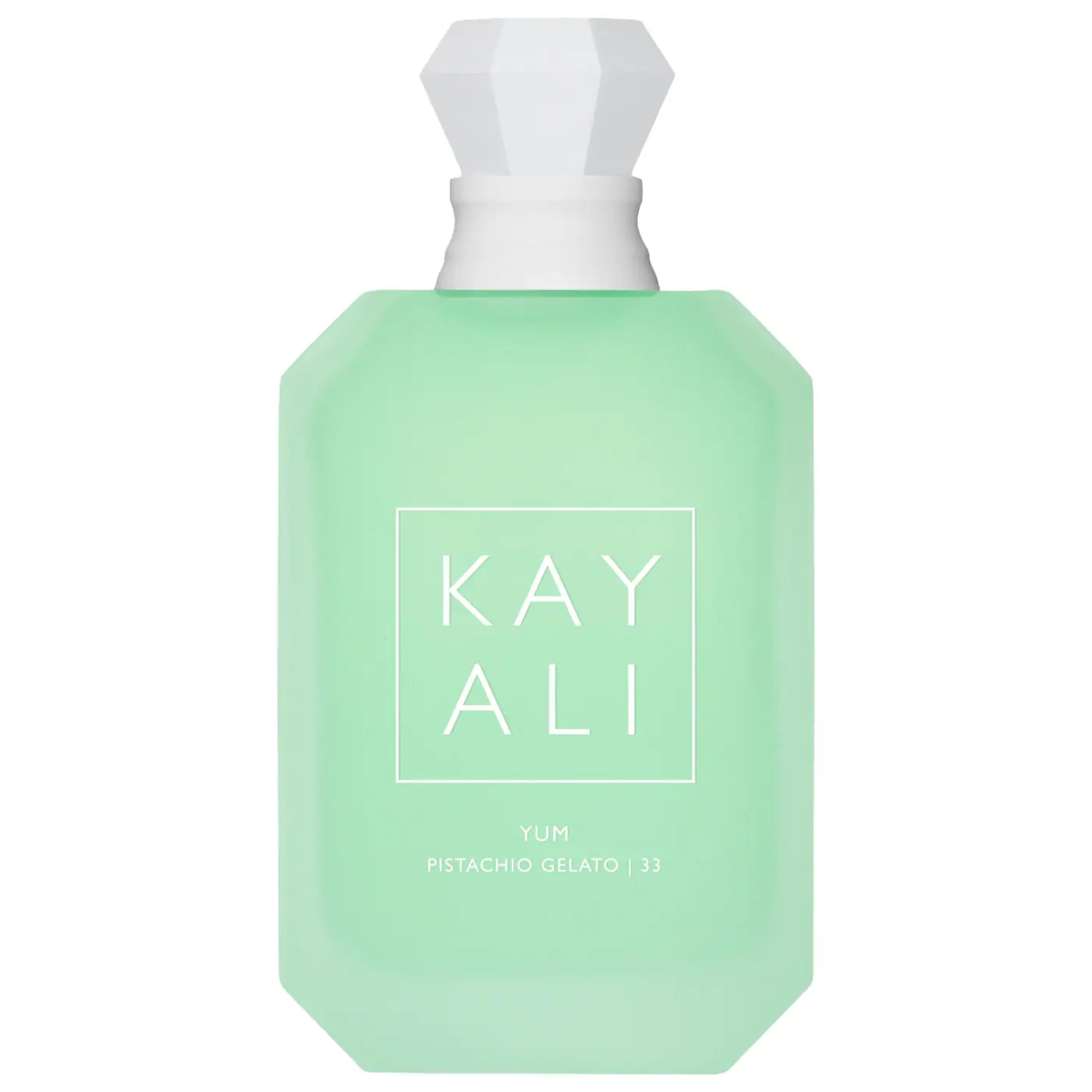
I think kind of similar to most industries, exposure is of the utmost importance. But also recognition that there are BIPOC in these industries who are experts, who maybe aren’t highlighted enough or given the resources to have a winery or have a staff to be able to truly grow their business. So, I feel like that’s definitely important. I think I spent some time talking to Ikimi, really it’s less about one-time drop giving money and funds, and it’s more about sustainability. And I think that’s something that’s needed throughout our community. So when we find these partners and find these resources, it’s not just that one time does good, it’s more of a longevity thing, something that’s going to really change the game for the long term.
Your current design, “It Was All A Dream,” when people see that on the bottle, what do you want them to think of? What do you want them to take from your art?
I want them to ask themselves, “What are your dreams? What are you thinking about?” I think the design for me, just kind of obviously as a black man as the subject, but it has symbolism, dollar signs, smiley faces, all these different symbols that are representative of what goes on in my mind and maybe other people that have that shared experience. So thinking about the things that motivate you, the things that bring you joy, that make you happy, and maybe not letting go of those things. Obviously we all have a job to do on the day to day to sustain ourselves, support our families, but what are those things that drive you? What’s your reason? What’s your purpose? What’s your why?



